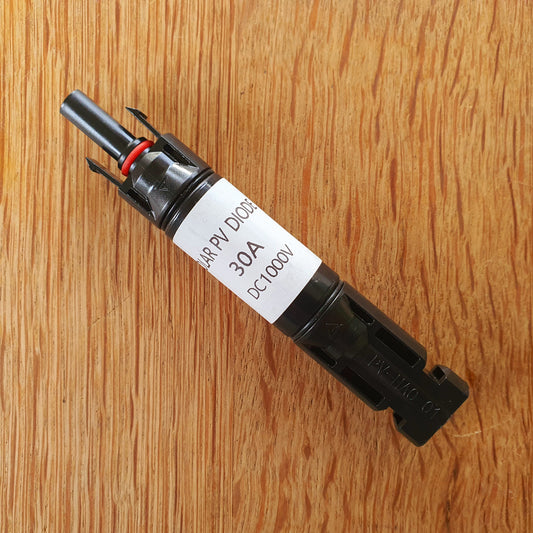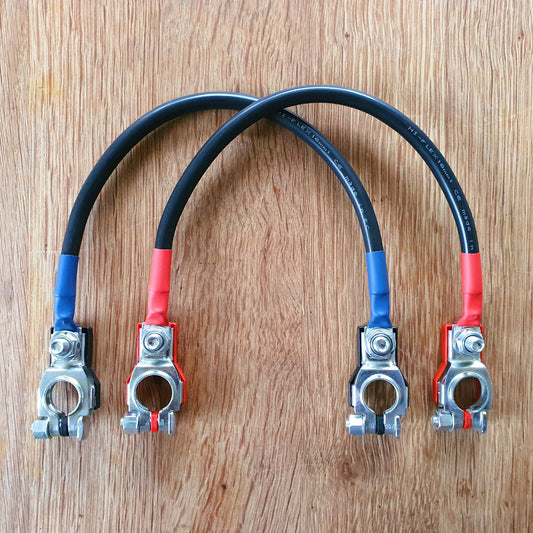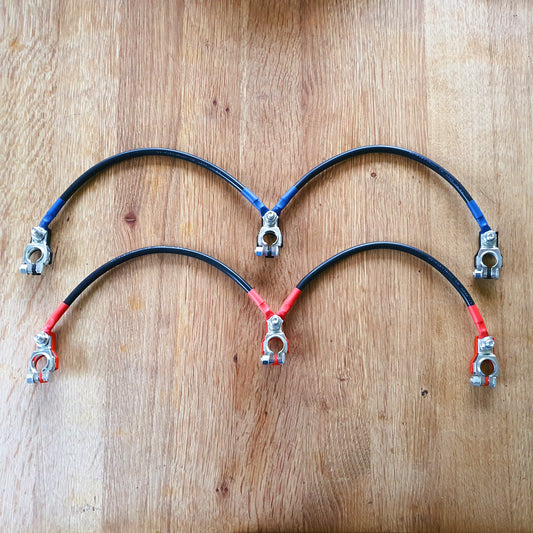
How To Configure Your Solar Array
Share
Solar panels are easily the most accessible forms of renewable energy available today, they are efficient, low-cost and have no moving parts, so are easily maintained. They are also lightweight and highly modular, meaning they can be mounted easily to a vehicle or tiny home and configured in many different ways, often forming the foundation of many different off-grid builds.
Solar panels are also highly scalable, which means we can connect multiple panels together to form an array with a much higher power output for your system. Understanding how to build arrays effectively and safely is crucial in getting the most out of your individual panels so let’s explore some tips on how best to do this.
Series vs parallel configuration
Individual solar panels can be connected in two different ways, series and parallel, both of which have their own performance characteristics and hardware requirements depending on your specific needs. A series configuration involves connecting the positive terminal of one panel to the negative terminal of the other and is the simplest way of connecting two panels. A parallel panel configuration involves connecting the same terminals together which does require a bit more hardware to achieve but does have distinct benefits.
The key difference between series and parallel panel configurations is the difference in electrical voltage and current outputs of the array. In a series array, the voltages of the panels add together while the current will remain largely constant, in parallel configurations the opposite is the case, the electrical current adds together while the voltage will remain largely the same.
Know your limits
As a general rule you should configure your panels to the electrical requirements of your solar charge controller device, this will take the electrical energy from your array and use it to charge your leisure batteries, but your array needs to be within the maximum voltage and current limits of your device, these should be clearly stated by the manufacturer.
Please note that in series configurations, the electrical voltage of your array can get dangerously high very quickly and could be a shock hazard if handled incorrectly. In contrast, parallel configurations keep the voltage at more manageable levels but precautions should be taken so that the electrical current does not exceed the rating of the solar cable.
Kickstart Kamper provides a selection of solar cables for a range of applications, which are all rated at a standard 44 amps. There is also a selection of dedicated solar fuses to ensure current stays within safe limits, see below.
The merits of parallel arrays
Series configurations may be simpler but there are some distinct merits to consider about parallel arrays. Not only do they keep any maximum voltages at safer levels but also offer the unique benefit of being able to operate better when one of your panels in the array is in the shade. In a series array, any shaded conditions may drop the electrical output quite significantly, but parallel panels are able to ignore the lower voltages of other panels in the array with the help of a blocking diode.
Blocking diodes are a requirement of parallel arrays as they are used to avoid any reverse electrical currents that might be caused by panels of different voltages in the array. Special cables are also required to connect all the positives and all the negatives together respectively in a parallel array. In this regard, Kickstart Kamper offers everything you need to build and protect a parallel solar array, see below.
- Solar parallel cables
- Solar blocking diodes
- Solar inline fuses



